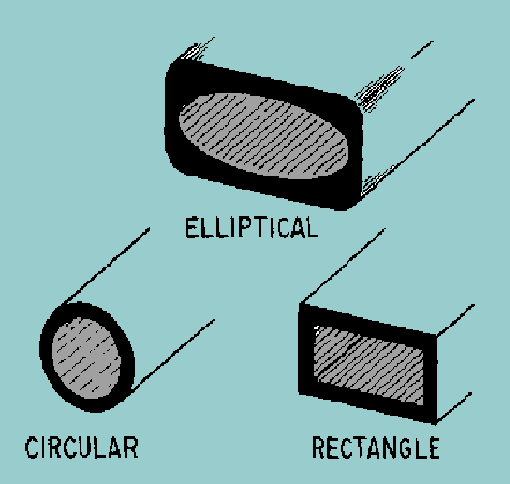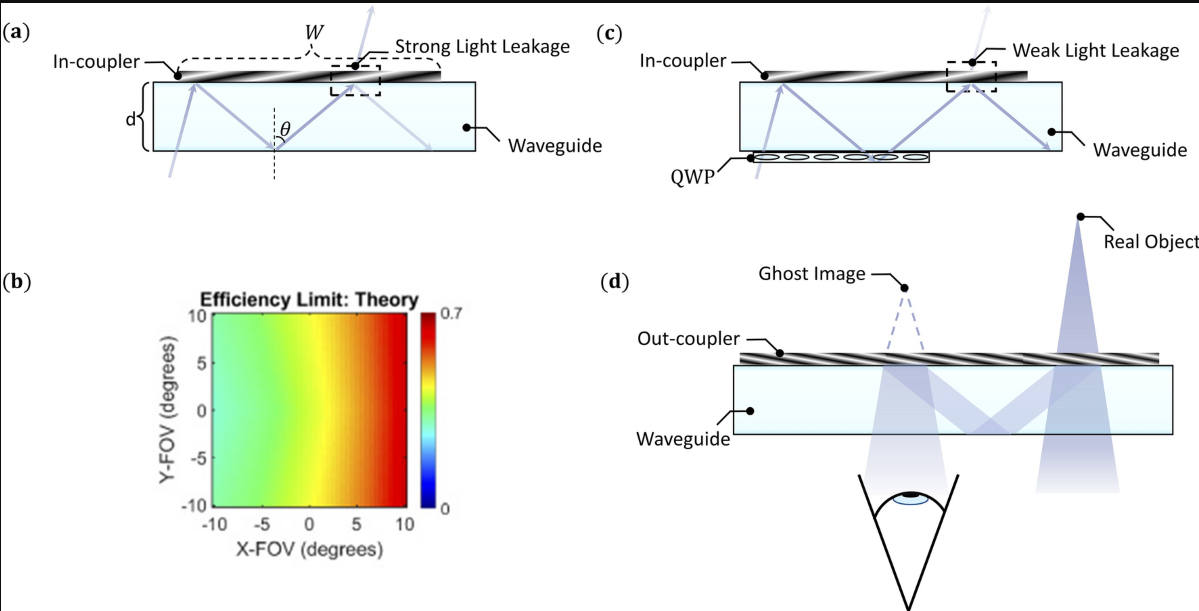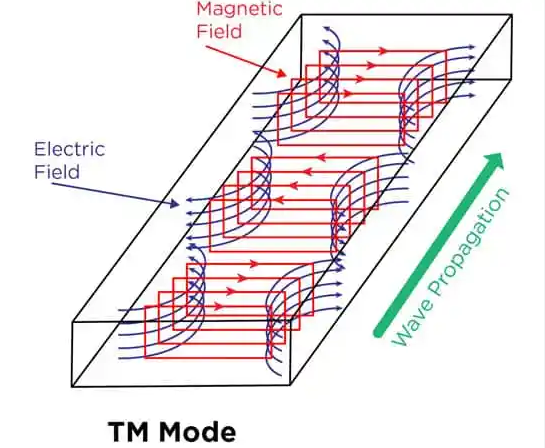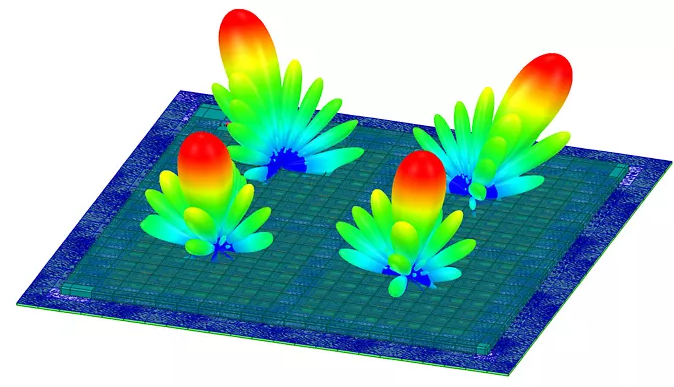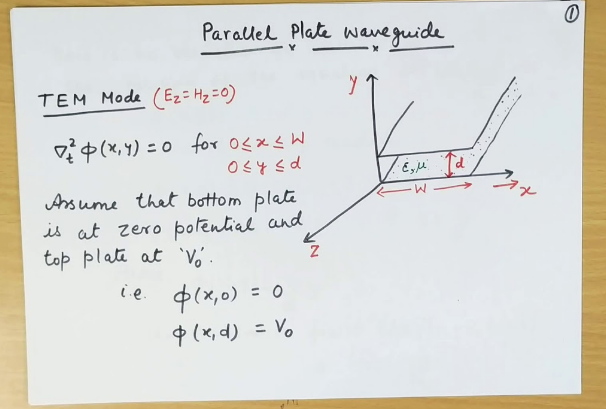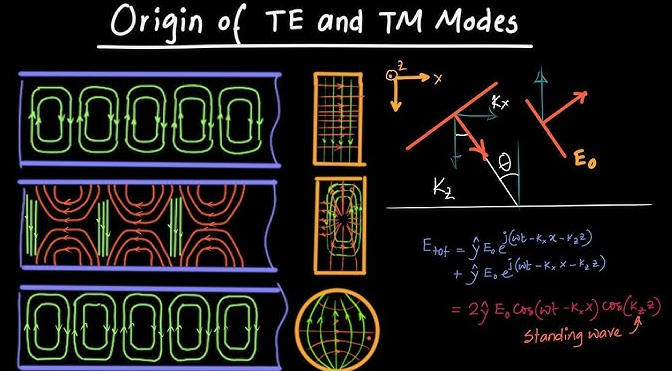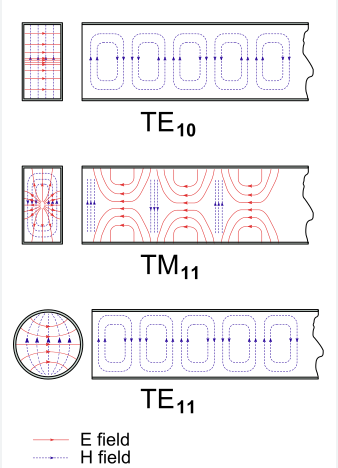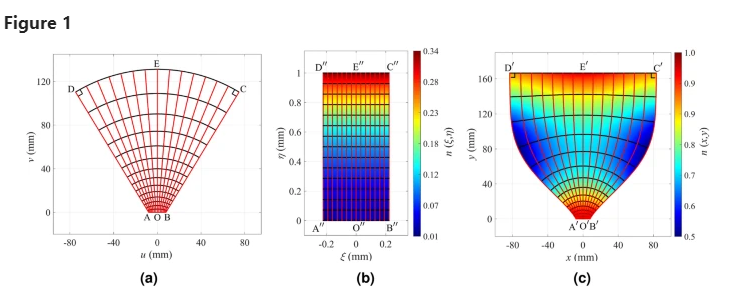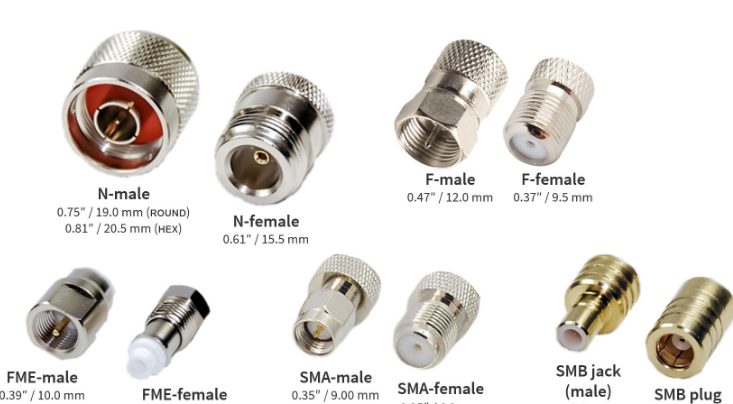7 disadvantages of waveguide
Waveguides have limited frequency bandwidth, are bulky, and inflexible, making installation in tight spaces difficult. They are also prone to mode dispersion, which can cause signal distortion, and their rigid construction increases costs and complexity of maintenance. Size and Weight Waveguides are an important type of transportation of electromagnetic signals, especially at microwave frequencies. The […]
7 disadvantages of waveguide Read More »

